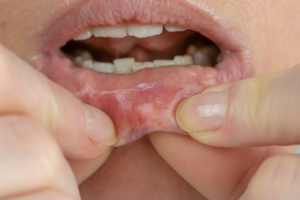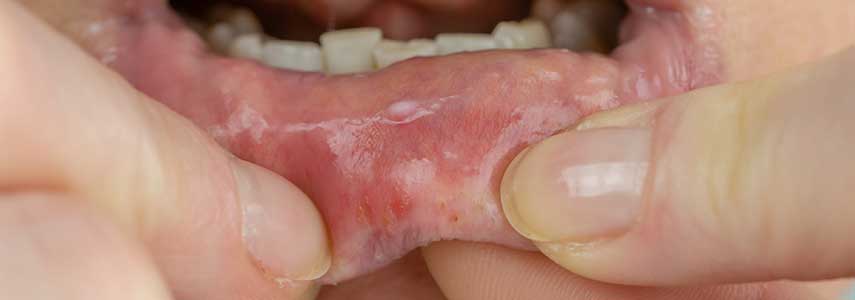It is a fairly common practice in the medical field, before proceeding to the patient’s visit, to submit him to a brief interview to learn more about his medical history. One of the usual questions is: do you have allergies?
According to the data of theWorld Health Organization the number of patients with allergies rose from 3% of the world population in 1960 to 30% recorded in 1995. A subsequent study, in 2013, compiled a list of the most common allergies:
Allergies following dental procedures
During the last few years, dentistry has used new technologies that have also introduced a large amount of new materials. The permanence of the materials inside the oral cavity could generate an allergic reaction from the patient. One of the methods to test possible allergies before dental treatment is the patch test, ie the test of contact with standardized substances.
Not always, however, the patch test detects allergies effectively because there may be cases of false positives or false negatives.
Allergies to dental materials: how frequent are they?
 An observation study conducted by the Department of Prosthetics and Dental Materials in Leipzig and published in the scientific journal Swiss Dental Journal, sought to quantify the frequency of the appearance of allergies from dental materials.
An observation study conducted by the Department of Prosthetics and Dental Materials in Leipzig and published in the scientific journal Swiss Dental Journal, sought to quantify the frequency of the appearance of allergies from dental materials.
The study compared the clinical data of patients systematically collected since 2012. This is information related to objective analysis of the mucosa, symptoms reported by patients, perceived disorders.
The data has been collected in a standardized way thanks to a technical sheet prepared specifically for the research in question.
86 patients were involved, of which 83.7% were women and 16.3% were men aged between 24 and 86, thus an average of 63 years.
Patients reported oral symptoms of contact allergies.
Search results
The most common allergies were found to be related to nickel and cobalt, linked to bleaching treatments and in dental restorations with composites. Allergies in this case occurred in 52.4% of patients with an alteration of the mucosa.
The most frequent symptoms of allergies were:
- contact stomatitis in 54.5% of cases;
- oral lichenoid lesions in 20.5% of cases.
Added to this is the detection of subjective disorders such as pain and burning inside the oral cavity.
Because it is important not to underestimate allergies
The observational study shows that allergic forms from dental materials can be frequent. Analyzing the data, in fact, we can assume that contact stomatitis following a dental treatment may be an allergic reaction.
Attention to allergic forms must affect both dentists, who have the responsibility to choose materials that can minimize any contraindications for the patient, and patients themselves who should provide an allergy history as detailed as possible.

















